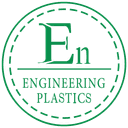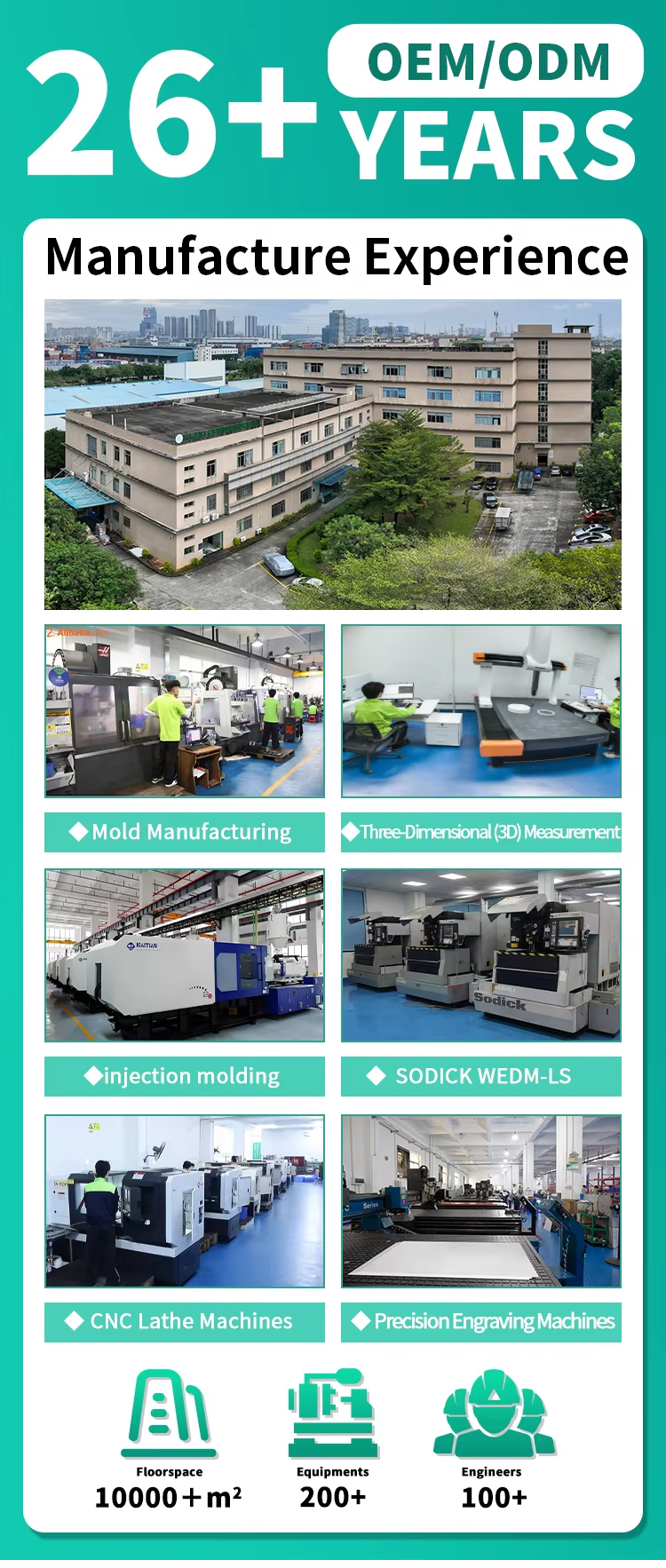
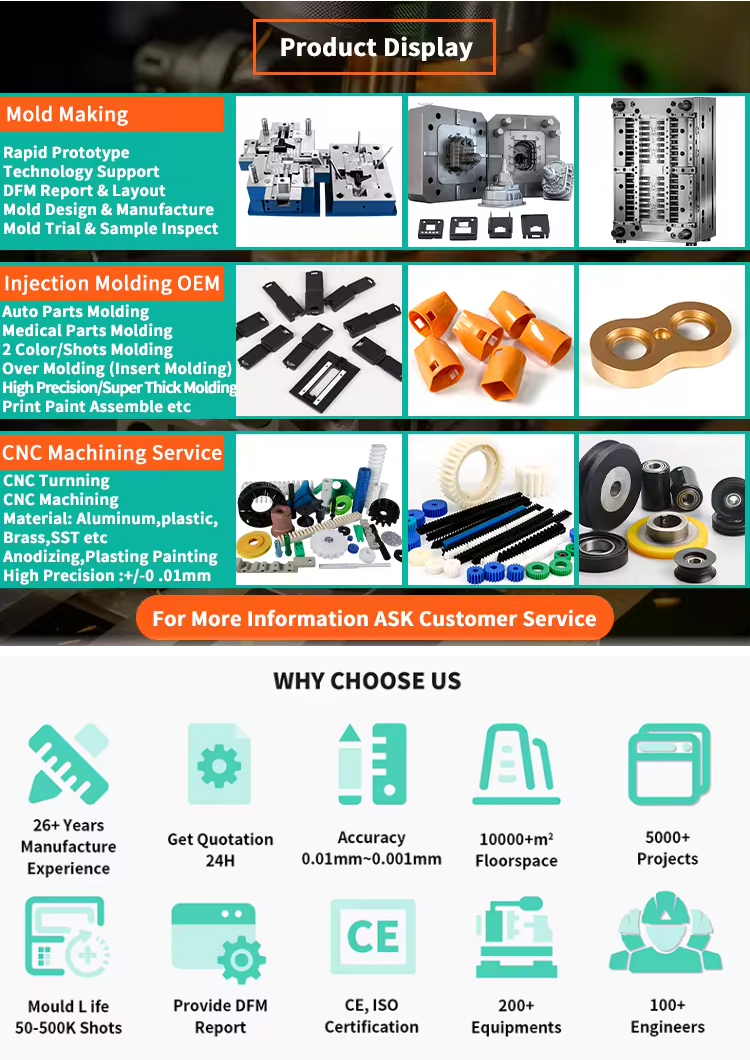
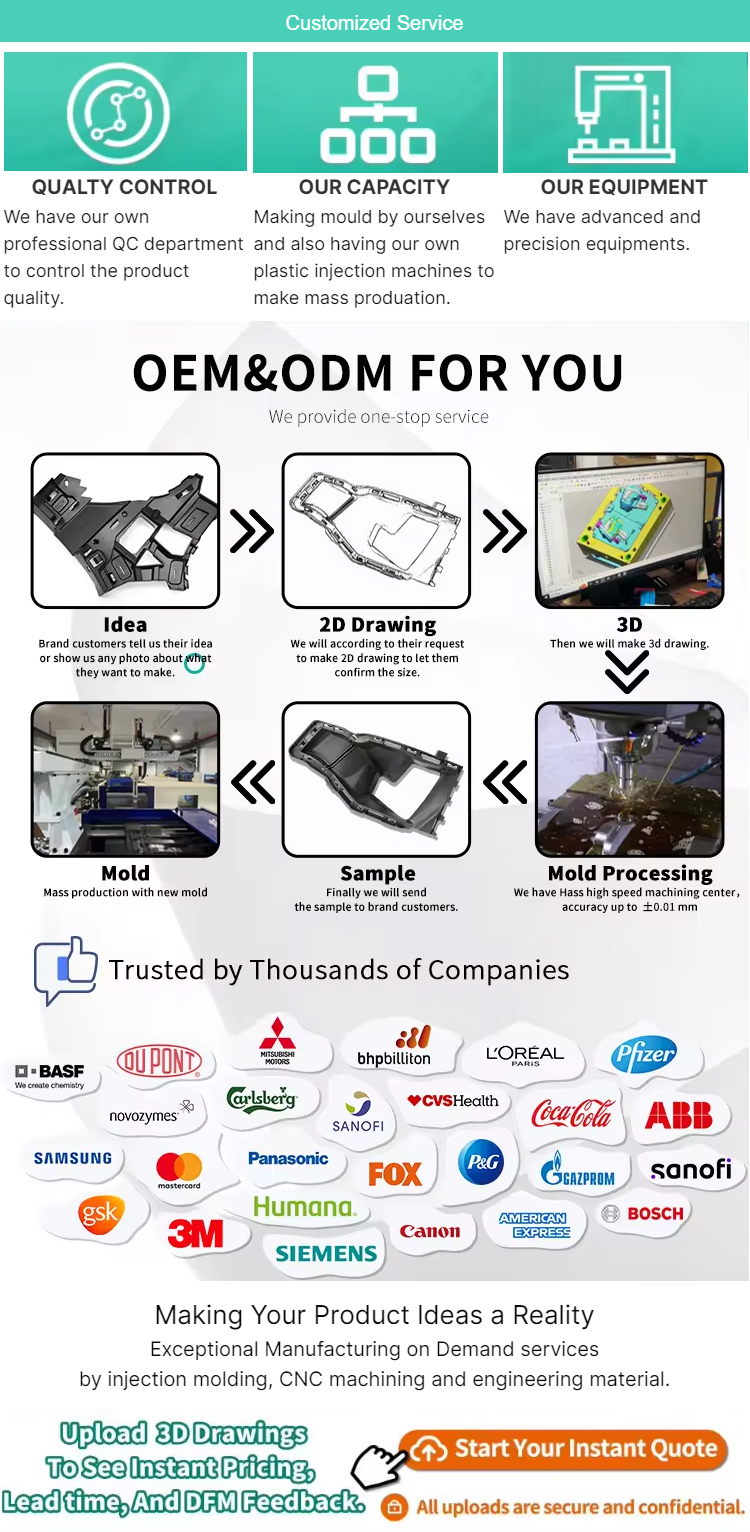
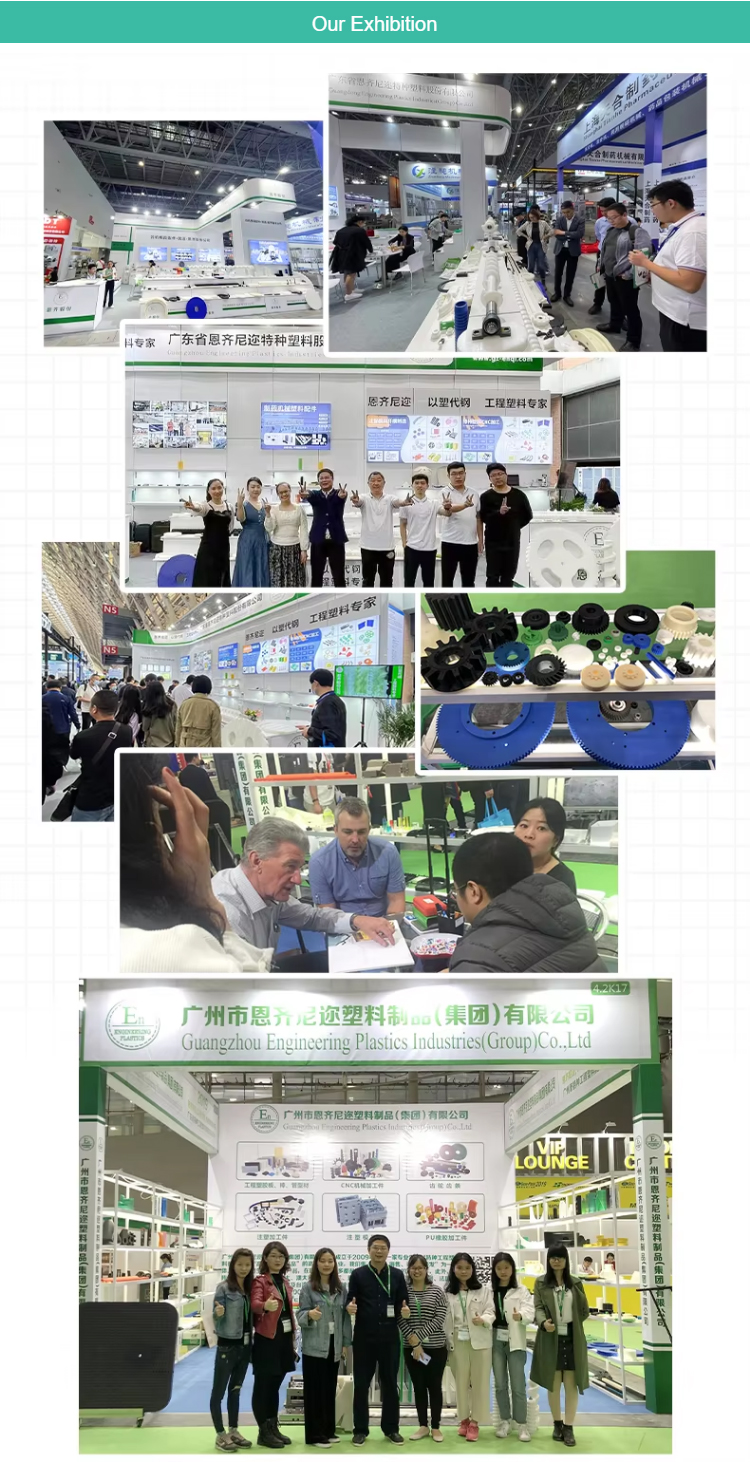
The modern automotive industry relies heavily on precision engineering, and at the heart of producing high-quality vehicle components lies the sophisticated technology of the car mold. These meticulously crafted tools are essential for manufacturing a vast array of parts, from the largest body panels to the smallest interior fittings, ensuring consistency, durability, and aesthetic appeal. The journey from raw material to a finished automotive part is complex, but these specialized molds stand as a critical enabler, shaping the very fabric of the vehicles we depend on daily. Their role is foundational, dictating the precision, finish, and structural integrity of components that define a car's performance and driver experience.
The field of automotive tool design and manufacturing is a testament to advanced engineering principles. An automotive mold is not just a piece of metal; it's an intricate system designed to withstand immense pressure and extreme temperatures while consistently producing parts with exacting tolerances. Whether creating robust gear housings designed for heavy-duty mechanical applications within the vehicle's powertrain or sleek exterior components that contribute to aerodynamic efficiency, these molds are built for endurance and precision. The quality of an automotive mold directly translates to the quality of the final product, impacting everything from the vehicle's safety to its longevity. This necessitates the use of high-grade materials and sophisticated manufacturing techniques to ensure each mold can deliver flawless components throughout its operational life, supporting the high-volume demands of the automotive sector.
Delving deeper, the specialized tooling for vehicle interiors, often referred to as a car interior mold, plays a pivotal role in shaping the passenger experience. Consider the dashboard, door panels, center consoles, and even smaller elements like switchgear bezels or cup holders; all these components are typically produced using this dedicated molding technology. These molds are designed not only for functional accuracy but also for aesthetic finesse. They must replicate intricate textures, subtle curves, and precise cutouts for integrated electronics, such as those seen in display screens or control panels. The challenge for a car interior mold is to produce parts that are not only durable and perfectly fitting but also contribute to the overall ambiance and comfort of the cabin. This means ensuring flawless surfaces, consistent color reproduction, and the ability to work with a variety of advanced engineering plastics that offer specific tactile qualities or visual effects, enhancing the perceived value and user satisfaction.
The creation and operation of a precision car mold involve a synergy of advanced materials science and cutting-edge manufacturing technology. High-strength steels and specialized alloys are typically used to construct the molds themselves, ensuring they can endure the repetitive cycles of injection molding or other forming processes. The internal cavities are often polished to a mirror finish or textured to impart specific surface qualities to the molded parts. Think of items like vivid injection-molded panels for electronic interfaces within the car, or protective casings for delicate onboard systems – these demand molds of exceptional precision. Even seemingly simple components, such as a high-transparency element perhaps used in specialized lighting or sensor housings, or a smooth, robust block integrated into a mechanical assembly, rely on the perfection of the molding tool. Modern techniques like CNC machining, electrical discharge machining (EDM), and sophisticated simulation software are employed to design and fabricate these complex tools, ensuring optimal material flow, cooling, and part ejection.
Innovation in automotive tooling technology directly fuels the evolution of vehicle design and functionality. These advanced molds enable manufacturers to bring complex and creative designs to life, facilitating greater customization and differentiation in the market. From bold, striking external features to intricately detailed interior elements like playful precision-cut rings that might form part of a control knob or a decorative accent, the versatility of applications derived from an automotive mold is immense. They support the use of a wide range of polymers, allowing for parts that are lightweight yet sturdy, offering shock-absorbent properties, or possessing unique aesthetic qualities such as the smooth curves of an elegant cover for sensitive mechanisms. The ability to swiftly create prototypes and then scale to mass production using reliable molds is crucial for the fast-paced automotive industry. This flexibility allows for the production of components tailored to specific needs, whether it's a robust gear housing for under-the-hood applications, a sleek panel for the infotainment system, or even soft-touch surfaces that enhance the tactile experience within the vehicle, all originating from well-designed molding equipment.
In conclusion, the car mold is an indispensable cornerstone of the automotive manufacturing landscape. Its precision, durability, and adaptability are fundamental to producing the vast array of components that make up modern vehicles. From ensuring the structural integrity of critical parts to defining the aesthetic and tactile qualities of the cabin via detailed processes, often relying on dedicated tooling like a car interior mold, these sophisticated tools are at the forefront of automotive excellence. As vehicle designs become more complex and material science continues to advance, the role of high-quality engineering for these molds will only become more critical, driving innovation and delivering the safety, performance, and comfort that consumers expect from their vehicles. The journey from a concept to a tangible, reliable automotive part is made possible by the unseen yet crucial work of these essential manufacturing assets.

